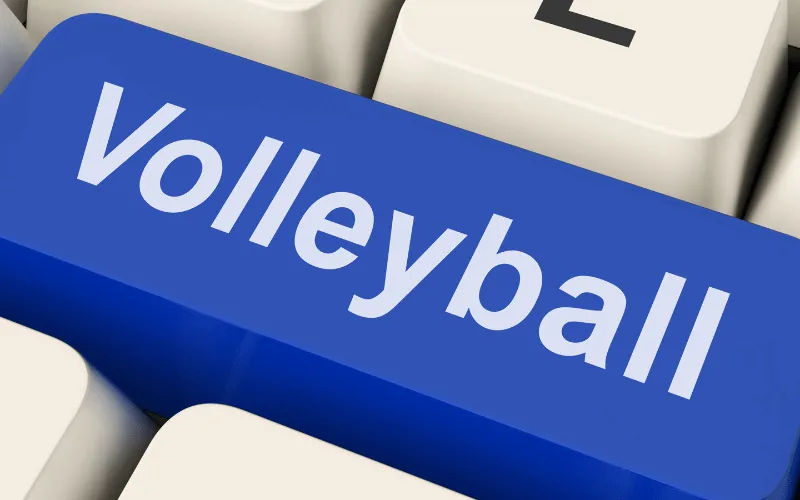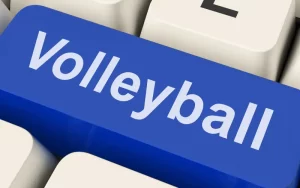Volleyball Game is one of the most popular and fast-paced team sports enjoyed across the world. Played both indoors and on the beach, this energetic game emphasizes teamwork, agility, strategy, and skill. From casual games at the park to intense international tournaments, volleyball captures the spirit of competition and camaraderie like few other sports can. Whether you’re a beginner wanting to learn the basics or a fan interested in diving deeper, this guide will help you understand the core of the volleyball game.
What is Volleyball Game?
Volleyball Game is a sport played between two teams, typically with six players on each side. The objective is to score points by hitting a ball over a net and into the opposing team’s court in such a way that they cannot return it. The game is played on a rectangular court divided by a net, with each team allowed up to three touches to return the ball.
The first team to reach 25 points (with at least a two-point lead) wins a set, and matches are usually played as best-of-five sets.
History of the Volleyball Game
The Volleyball Game was invented in 1895 by William G. Morgan, a physical education instructor in Massachusetts, USA. Originally named “mintonette,” volleyball was created as a less physically demanding alternative to basketball for older players. Over time, the sport evolved with standardized rules and gained global popularity. Today, volleyball is an Olympic sport and features numerous international competitions, including the FIVB World Championships and the Volleyball Nations League.
Basic Rules of Volleyball
Understanding the basic rules of Volleyball Game is essential for both playing and enjoying the game as a spectator:
1. The Court and Net
- The standard indoor court is 18 meters long and 9 meters wide.
- The net height is 2.43 meters for men and 2.24 meters for women.
- The court is divided into front and back zones.
2. Scoring
- A team scores a point when the ball lands on the opponent’s court or when the opponent commits a fault (such as hitting the ball out or touching the net).
- Rally scoring is used, meaning a point is scored on every serve, regardless of which team served.
3. Rotations and Positions
- Players rotate clockwise after gaining the serve from the opposing team.
- There are six positions: three front-row attackers and three back-row defenders.
- The libero, a specialized defensive player, wears a different jersey and can substitute freely without prior notice.
4. Touch Rules
- Each team can touch the ball up to three times before returning it.
- The same player cannot touch the ball twice consecutively.
- Blocking does not count as a touch.
Types of Volleyball
Online Volleyball Game comes in different formats depending on the environment and the level of play:
1. Indoor Volleyball
This is the most common form, played by six players on each team in an indoor court. It’s the version used in most professional and Olympic tournaments.
2. Beach Volleyball
Played on sand with two players per team, beach volleyball is known for its relaxed vibe and high level of difficulty due to the unstable surface and environmental elements like wind and sun.
3. Sitting Volleyball
A form of volleyball adapted for athletes with physical impairments, sitting volleyball is played on a smaller court with a lower net, and players must keep one buttock in contact with the ground at all times.
Skills Required in Volleyball

Success in the volleyball game depends on mastering key skills, including:
- Serving: The act of starting the play. It can be done underhand or overhand.
- Passing: Usually a forearm bump to control the opponent’s serve or attack.
- Setting: A precise touch to prepare for a spike.
- Spiking: Attacking the ball forcefully into the opponent’s court.
- Blocking: Defending against spikes at the net.
- Digging: A defensive move to prevent the ball from hitting the ground.
Health and Social Benefits
Volleyball is more than just a competitive game; it offers a range of physical and social benefits:
- Cardiovascular Fitness: Constant movement boosts heart health.
- Muscle Strength: Spiking, serving, and jumping build upper and lower body strength.
- Coordination and Reflexes: Fast gameplay sharpens your reaction time.
- Teamwork and Communication: Players must work in sync and communicate effectively.
- Stress Relief: Playing with friends or teammates can reduce stress and enhance mood.
The Future of Volleyball
With growing viewership and increasing investments in professional leagues, volleyball continues to thrive worldwide. Innovations like video challenge systems and enhanced broadcast coverage have brought new excitement to fans. Youth leagues, school tournaments, and community clubs also make volleyball an accessible sport for all ages.
Conclusion
The volleyball game offers a perfect blend of action, strategy, and teamwork. Whether you’re playing on the sand, on the court, or watching your favorite team spike their way to victory, volleyball is a sport that connects people through fun and fitness. It’s easy to learn, challenging to master, and always exciting to play or watch. So, pick up a ball, gather some friends, and enjoy one of the most electrifying team sports in the world.





